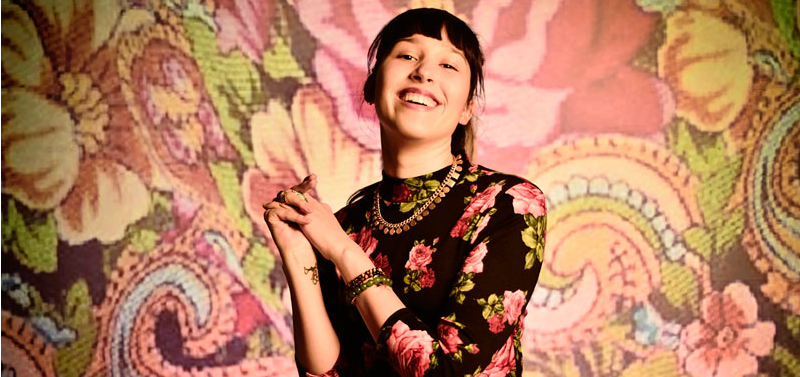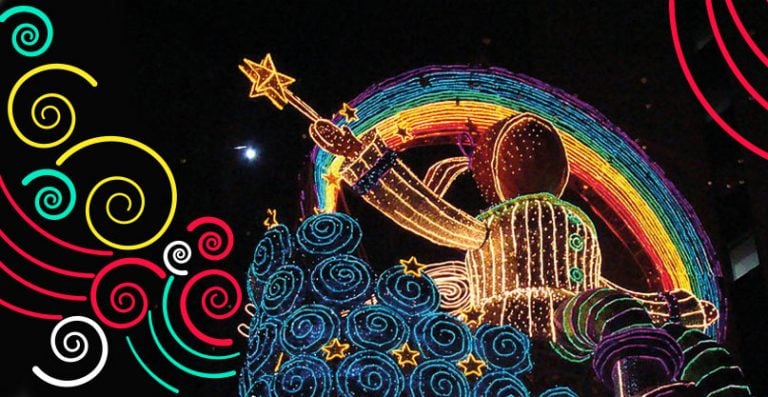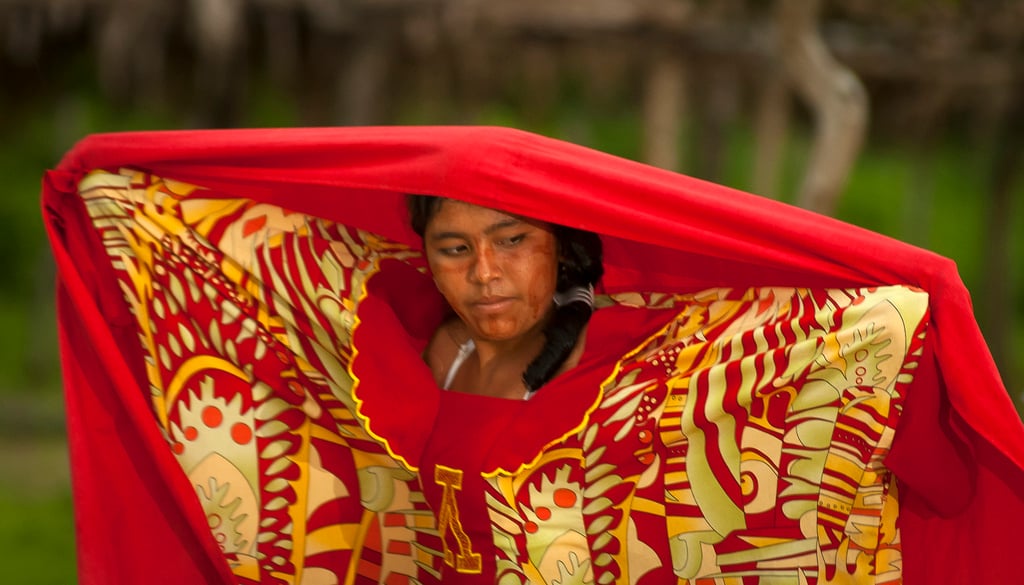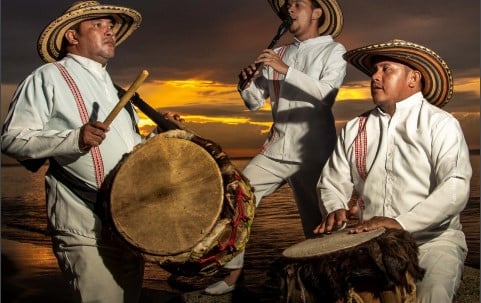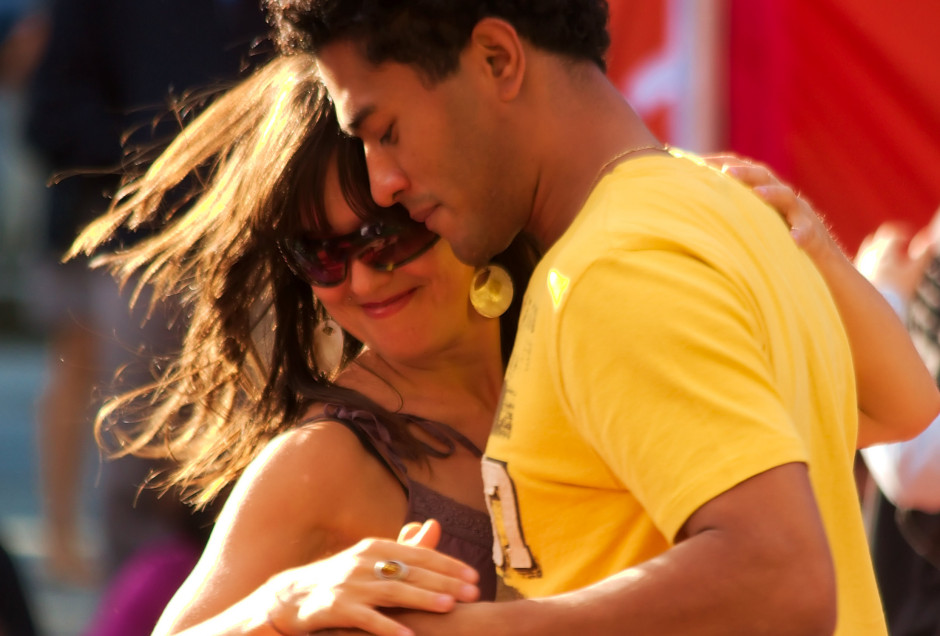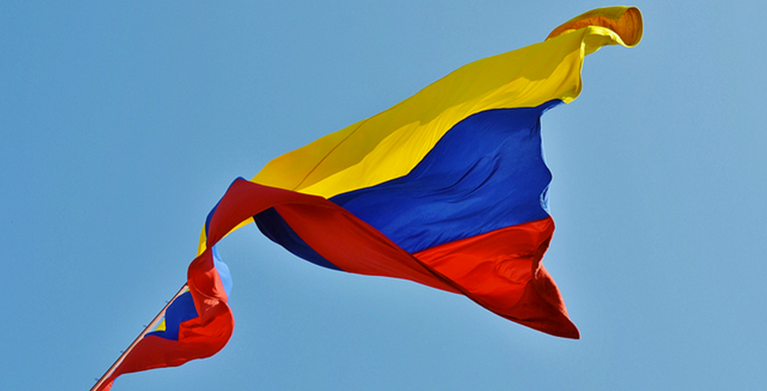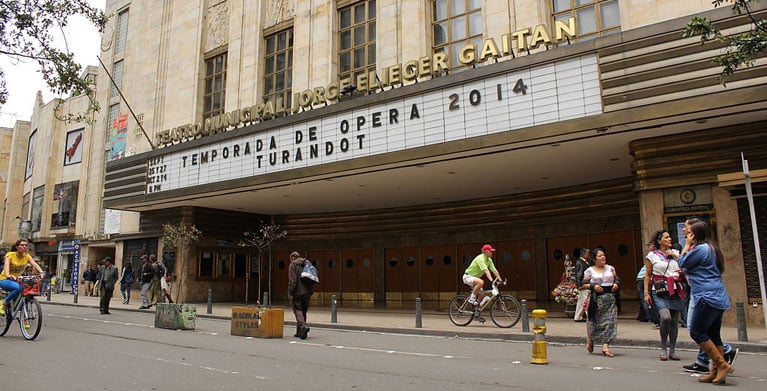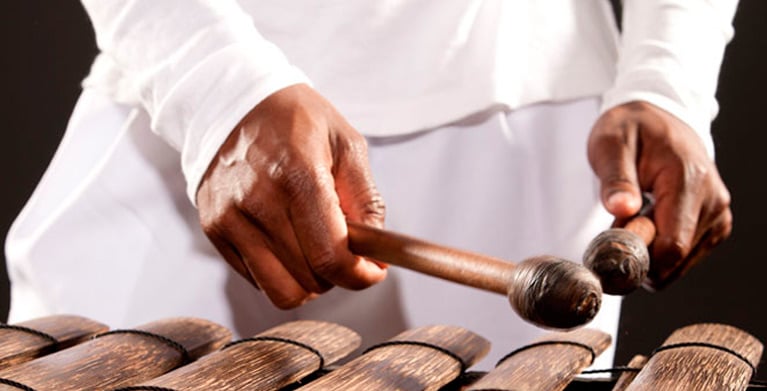With a rhythm and beat for every speed, skill and taste, there is no excuse for not joining in the fun. Here is your guide to feeling Colombia’s favorite rhythms in the cities they call home.
Salsa, Cali
Cali is the world capital of salsa, the ideal place to practice your steps and swirls. The city’s biggest salsa celebration is its annual Cali Fair, held every December. The fair’s salsa street carnival element is now so big it has been dubbed ‘The Salsa Fair’. Salsa lovers travel to Cali from across Colombia[MF1] to dance in salsa superclubs in its bustling Juanchito party district and visit cosy, traditional salsa bars such as Bar Latino, Nelly Teka, Evocacion and La Matraca. The highlight for many salsa fans is a trip to Delirio, the city’s salsa circus where salsa dancers performing acrobatics and dance on stilts.
Vallenato, Valledupar
Vallenato means ‘born in the valley’ and the city of Valledupar, Cesar, is the world capital of this traditional accordion music. Every April the city celebrates the Vallenato Legend Festival, in which hundreds of accordion players compete to be crowned Vallenato King. The genre’s superstars take to the stage before 40,000 people in the city’s Vallenato Legend park and there are performances and parties across the city. Vallenato fans can also visit the accordion museum as well as tour the statues and sculptures scattered across town in honor of the genre’s most beloved musicians.
Bambuco, Huila
Huila’s annual Bambuco Pageant and Folkloric Festival is one of the country’s most important cultural celebrations and guaranteed to have you on your feet dancing to this traditional rhythm, which shares some similarities with a European waltz. The festival pays tribute to bambuco in all its forms, from traditional dress (long floral dresses for the women, hats and neckties for the men) to the Sanjuanero dance performed by its beauty pageant contestants. The festival is held every June and was declared part of Colombia’s National Cultural heritage in 2006.
Joropo, Los Llanos
Joropo began with the Spanish fandango and takes its name from an old Spanish word for party. Llaneros, the citizens of Colombia’s eastern plains, have been dancing to this beat since the 18th century. Nowadays all sorts of instruments are added to its traditional harp, bandola (similar to a mandolin) cuatro (a small guitar) and maracas. Villavicencio, the region’s capital, hosts an international joropo contest every June that includes the famous joropodromo, where thousands of partners dance joropo through the city’s streets.
Champeta, Cartagena
The best place to seek champeta in the colonial Caribbean city of Cartagena is just outside the city walls, in districts such as Getsemani that were once home to freed slaves. The music has a strong African influence and its lyrics touch the hearts of many Cartagena people of African descent, with their talk of challenging social and economic orders, following dreams and making progress. Champeta is danced in clubs across Cartagena, especially those that are more underground, and in its many, impromptu street parties.
Ready to feel the rhythm in the place where it was born? Live this experience in Colombia. If you liked this article please feel free to share it on Facebook, twitter, LinkedIn, Google+ or any of your social networks.
You may also enjoy:

